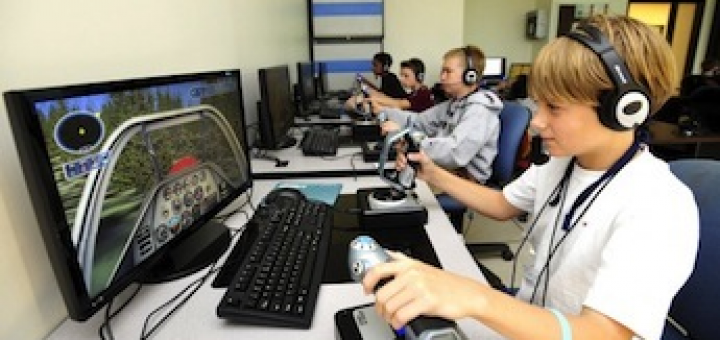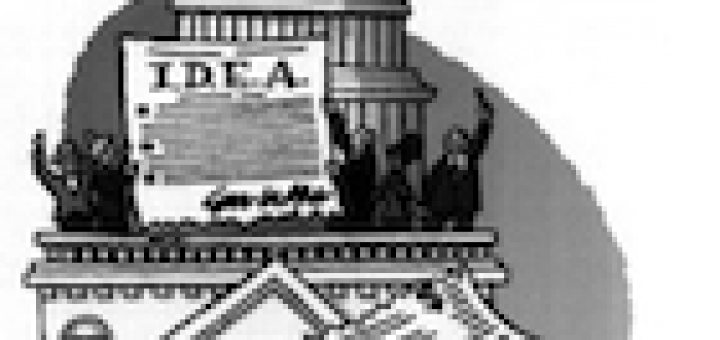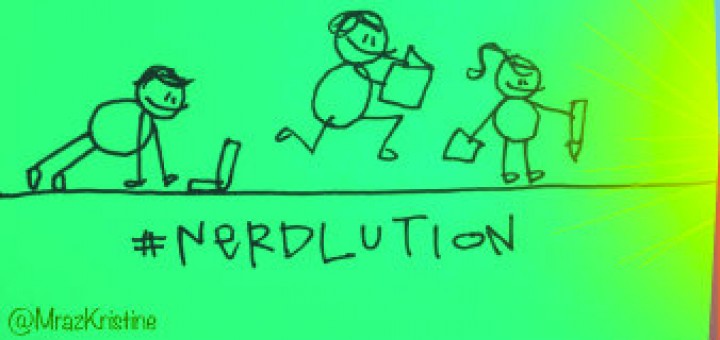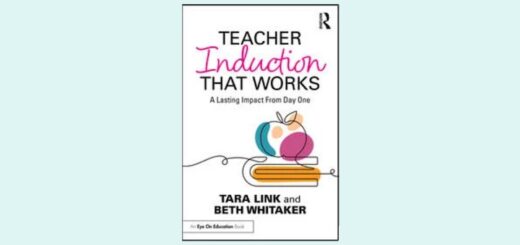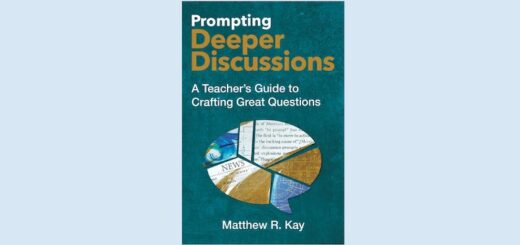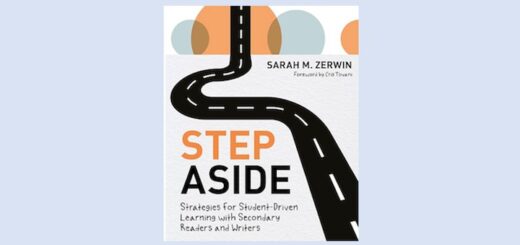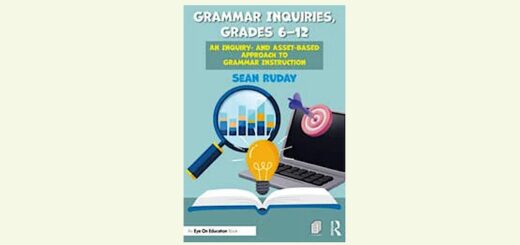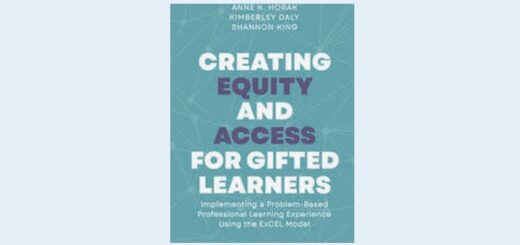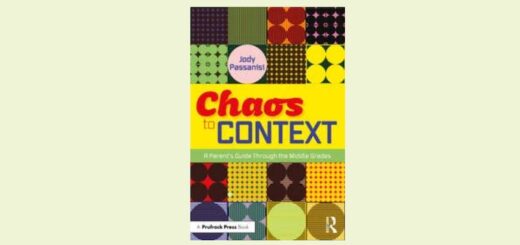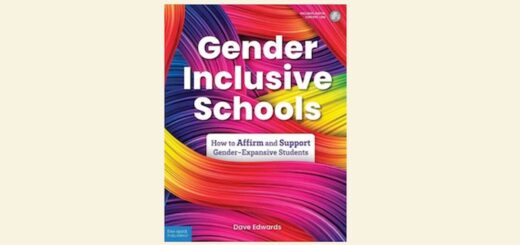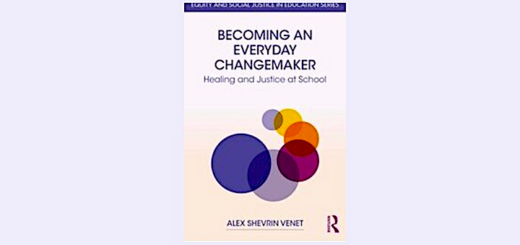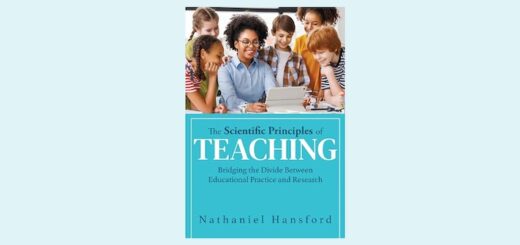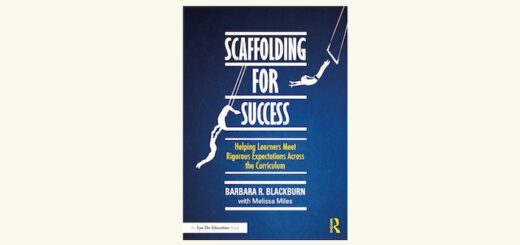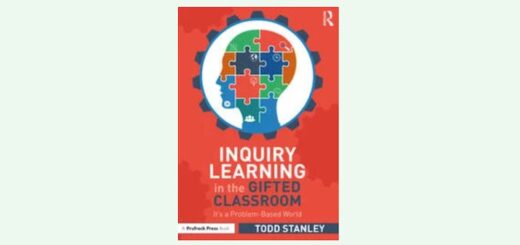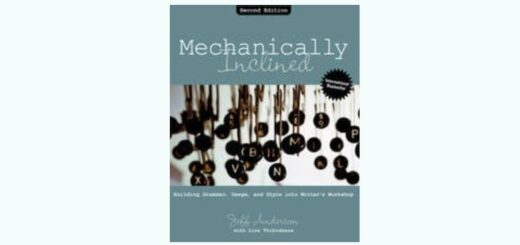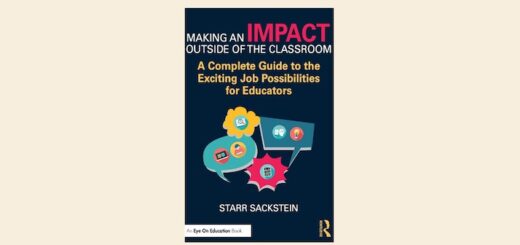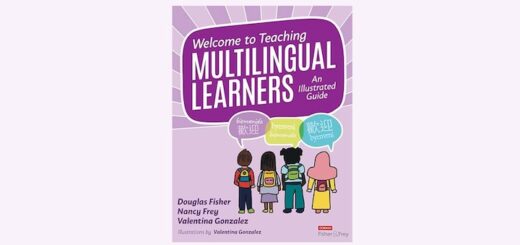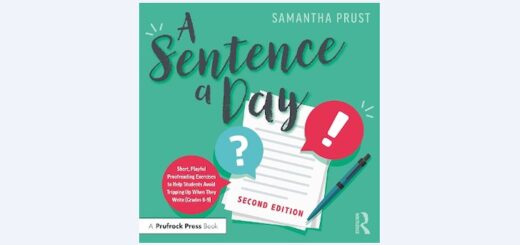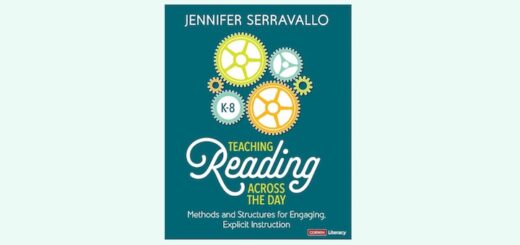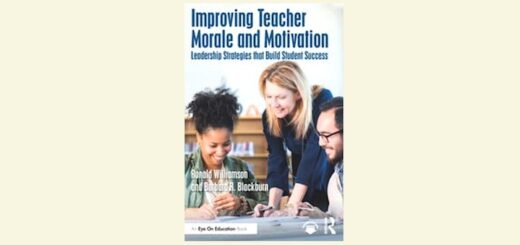Teaching and learning in grades 4-8
Reviewer Linda Biondi likes everything about the new edition of Jeff Wilhelm’s popular book on improving comprehension by “thinking aloud.” Lots of examples from the classroom, a DVD with teachers using the strategies in class, and it’s CCSS-aligned.
Teach Smart by PJ Caposey and Todd Whitaker lays out an easy to use guide for how to help each teacher get better at the craft, says reviewer Stephanie Rosch. The short book includes “real life examples of classrooms, practical strategies for any grade level, and black line masters for some of the strategies.”
Mary Tarashuck recalls the holiday Venn diagrams she and her 4th graders organized for the first grade kids and imagines some circles of her own – celebrating her colleagues and her past accomplishments and setting some goals for the future.
In Celebrating Writers: From Possibilities to Publication, Ruth Ayres & Christi Overman provide clear, powerful ways to recognize and encourage the writer in all students – even those reluctant ones, says middle grades ELA teacher Kevin Hodgson.
Student responses to a recent question posted by the NYT Learning Network confirm that coaching is the best teaching style for STEM subjects, writes science educator Anne Jolly in her MiddleWeb blog STEM by Design.
Although professional development, administrative support & common planning time are all very important and necessary, writes Elizabeth Stein, what matters most in achieving effective inclusion is how the two teachers in the room are approaching the experience.
While teachers often lead a vibrant learning community within their classroom’s four walls, those walls can also be professionally isolating, says 6th grade teacher Kevin Hodgson. “Being part of a larger network…is empowering in ways that is difficult to put into words. Connections make you feel anchored to a movement. Seeking help is a show of strength.” The Nerdy Resolutions (#nerdlution) hashtag community, he says, is a prime example.
Reviewer Linda Biondi says Aimee Buckner’s new Nonfiction Notebooks “has been my friend, companion, teacher, and guide as I begin to navigate a new curriculum,” taking the angst out of teaching informational writing and replacing it with confidence.
Reviewer Susan Shaver recommends Igniting Your Potential to help adolescents develop into responsible & successful adults. The conversational writing & organization make the book good for sharing with parents & teens or in guided class discussions.
In her new book Teaching in High Gear, middle school teacher Marsha Ratzel describes a transformational journey, marked by a gradual shift toward student-driven learning and energized by a global network of collaborators. In this excerpt, Marsha describes how her development of a “coaching mode” helped students become more self-reliant learners.





